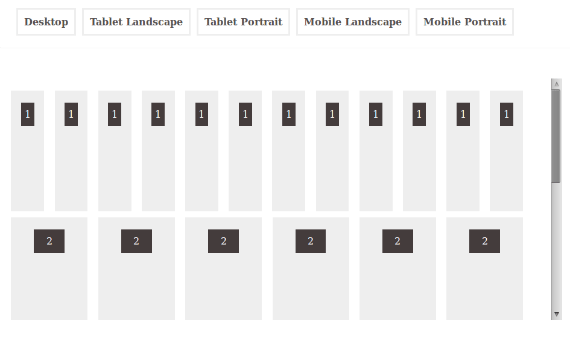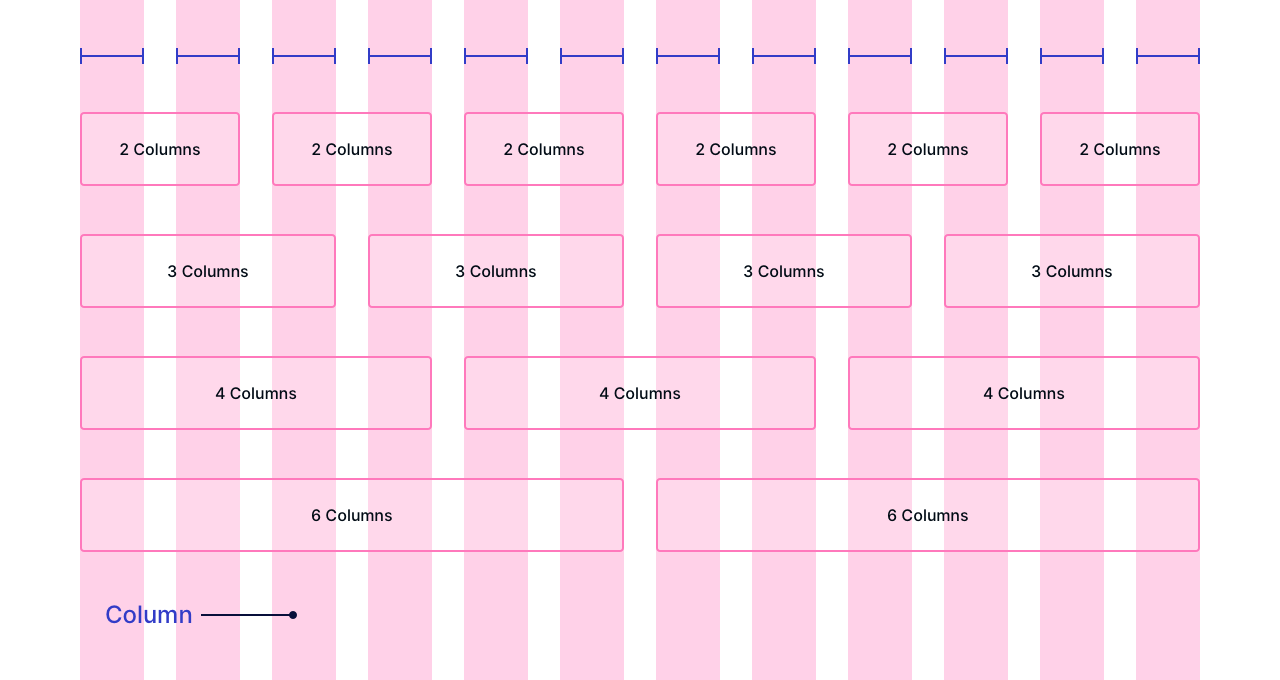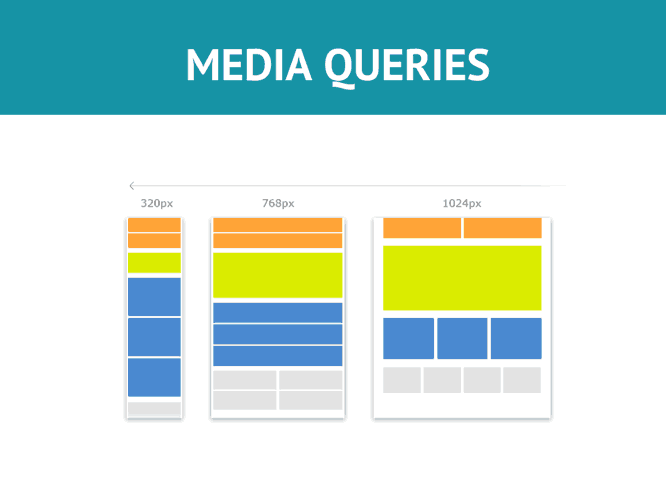1.The responsive version of the site will work on all platforms with any resolution.
A responsive website is a website that scales its objects with the browser size.
2.Responsive web design is about creating web pages that look good on all devices!
Responsive Web Design is about using HTML and CSS to automatically resize, hide, shrink, or enlarge, a website, to make it look good on all devices (desktops, tablets, and phones).
3. Mobile responsive web design implies that most of the web-page objects should be scaling off of % size of the screen, not pixels themselves.
My examples:
With the import meta tag:

Without the import meta tag:

Using width property:

4.Fluid grids are built using columns that are considered fluid columns.
A fluid grid has fluid-width columns, fixed gutters, and fixed side margins. The fluid grid has a flexible content width that goes edge to edge as per the screen size. In a fluid grid, columns either grow or shrink to adapt to the available space.
My examples:


Flexible media implies that all website media parts should be scaled and shrunk or scaled up, depending on the users browser size.
Flexible media provides teachers with different ways to teach different students. Its the use of different media to reach a diverse student population.
Media Queries is a CSS 3 feature that allows you to adapt the rendering of content to different conditions, such as screen resolution.
Media queries allows us to change HTML objects depending on the users browser size.
My examples:


